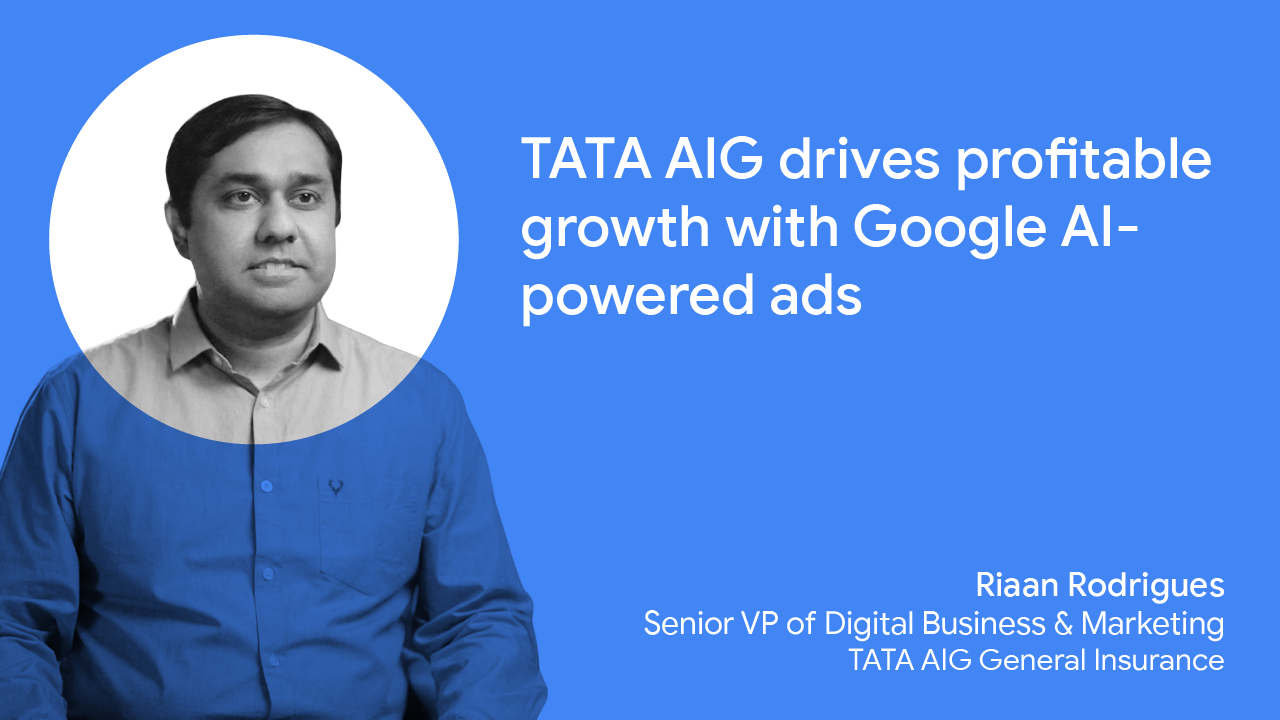The way people consume and respond to video advertising has changed. And the tools available to help marketers reach those people have come a long way. In short, video isn’t just for brand building anymore.
“We used to think that when people watched a video, they wanted to lean back and passively consume the content,” said Nicky Rettke, a YouTube product manager. “But our user experience research revealed many viewers want a more active experience.”
That insight has led advertisers to update the way they’re approaching their ads. For years, brand ads have been the show pony — flashy and fun, trotted out on TV and YouTube to drive key upper-funnel metrics, like awareness and interest. Direct-response ads, meanwhile, have been the workhorse — simple and straightforward, designed to move people from evaluation to action.
Savvy marketers like Yoox, Groupon, and Lyft are finding fresh ways to approach their video advertising, and they’re reaping the benefits. Here are three tips for creating a strong direct-response video strategy.
Understand your customer’s intent
Many marketers still draw almost exclusively from demographic data, such as age, gender, or income. That has its limits. What’s more effective is looking at your audience’s online behavior — recent purchases, the apps they’re using, the places they’re searching for — and using these insights to serve them contextually relevant, personalized creative.

At Groupon, for example, behavioral targeting and contextually relevant creative have helped the brand to rapidly acquire new, paying customers and led to a 20% lift in brand favorability.
“The behavioral targeting was just the first part of our strategy. ... But unless we use that information to inform our creative decisions, it’s useless,” said Vinayak Hegde, Groupon’s CMO. “So as a second step, we built contextually relevant creative tailored to each audience segment and the content they consume — travel-related creative for jet-setters, family activity-related creative for parents, and recipe-related creative for foodies, for example.”
Entice people to take action
You can use pacing and rhythm to encourage action. With so much media to choose from today, people are less likely to pay attention to content that doesn’t grab their interest. A great way to earn and hold their interest? Use quick cuts and bursts of action. Make taking action simple and easy. And while it may seem like a no-brainer, it’s critically important to give viewers clear instructions on what to do if they like your offer.
Yoox Net-A-Porter, one of the world’s largest online luxury outlets, took this approach and proved video can play a powerful role in getting potential customers over the line. Its direct-response campaign drove thousands of conversions and six-digit sales results.1
The retailer gamified a campaign by inviting viewers to take action to save a featured luxury item from destruction. The ad’s opening moments made it clear that viewers had to act fast or lose out on the offer altogether. By hitting the “Shop Now” button, people were directed to a landing page where they could purchase the unique item.
Keep tweaking — it can make all the difference
Though direct-response ads may be simple and straightforward, that doesn’t mean you should skimp on testing and optimization. A/B tests can help you identify ways to make your ads work even harder.
Take ride-sharing service Lyft, which successfully increased video view-through rate and app installs with small tweaks. In a series of ads featuring Seattle Seahawks player Richard Sherman, it experimented with adding music, brand overlays, and a promotion.
Lyft found that a brand overlay, placed in the first five seconds, encouraged people to watch more, leading to a higher view-through rate and helping drive greater brand awareness. Adding music on top of the brand overlay led to even greater brand awareness but had a negative impact on ad recall. It also found that ads with no promotional offer led to more people installing the app.
Some of Lyft’s findings were surprising, even unexpected. And that just reinforces the need to keep testing and tweaking.
Today, marketers are finding creative ways to make their video advertising work harder. And it’s paying off. These tips can improve your ads and ensure you’re driving people to action.







